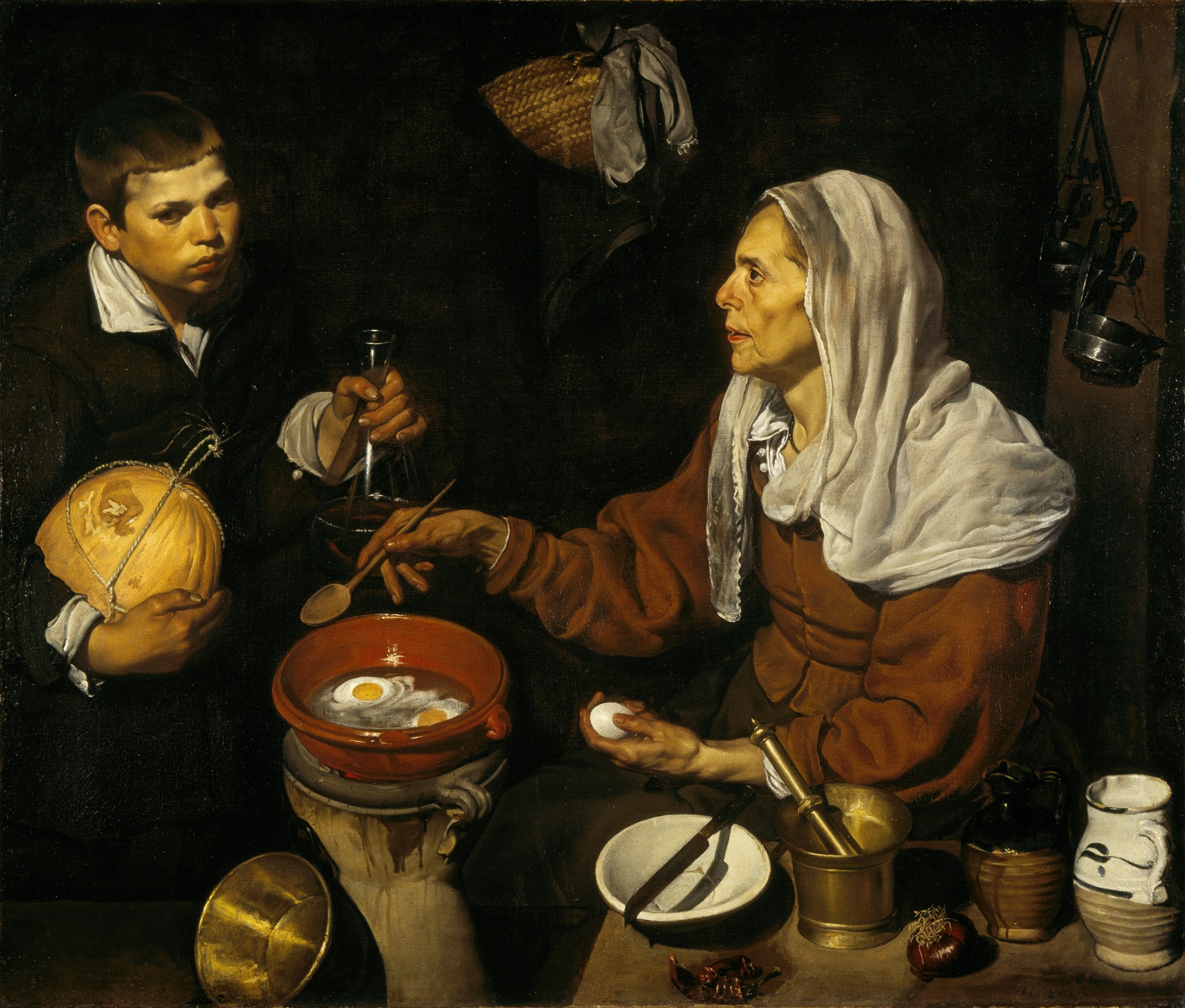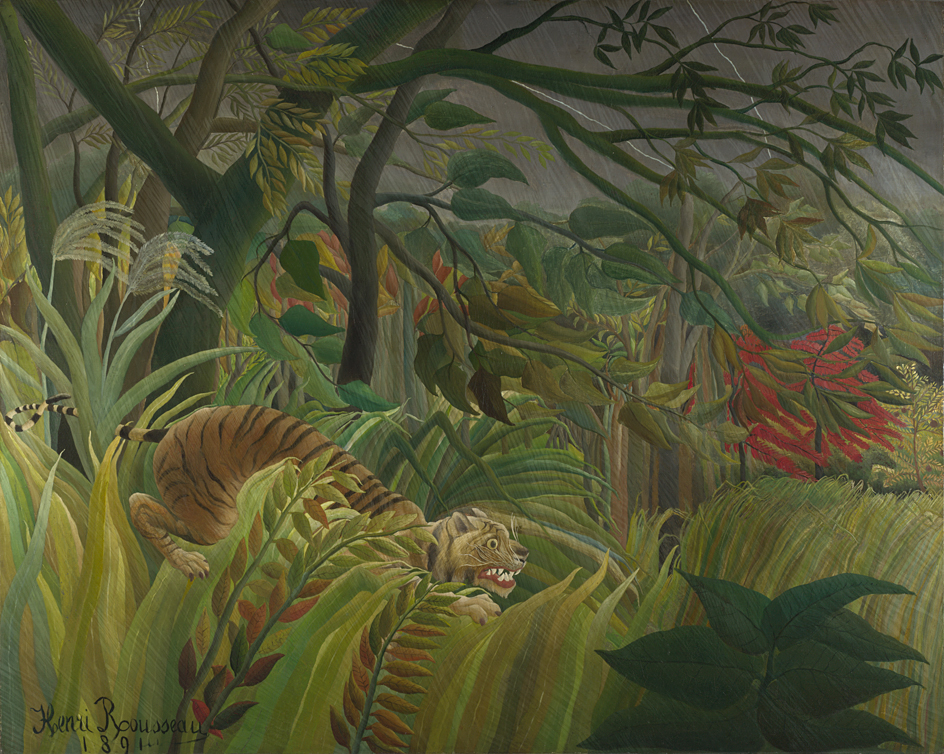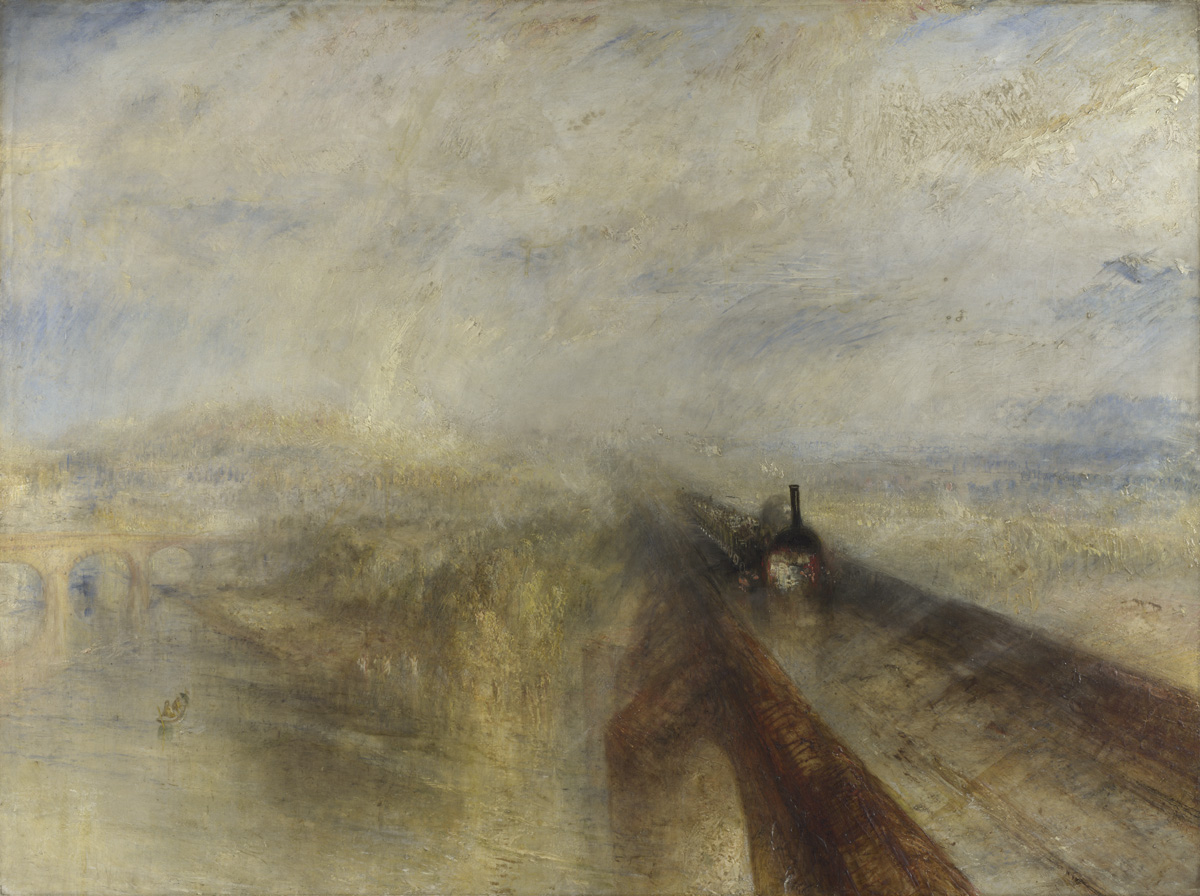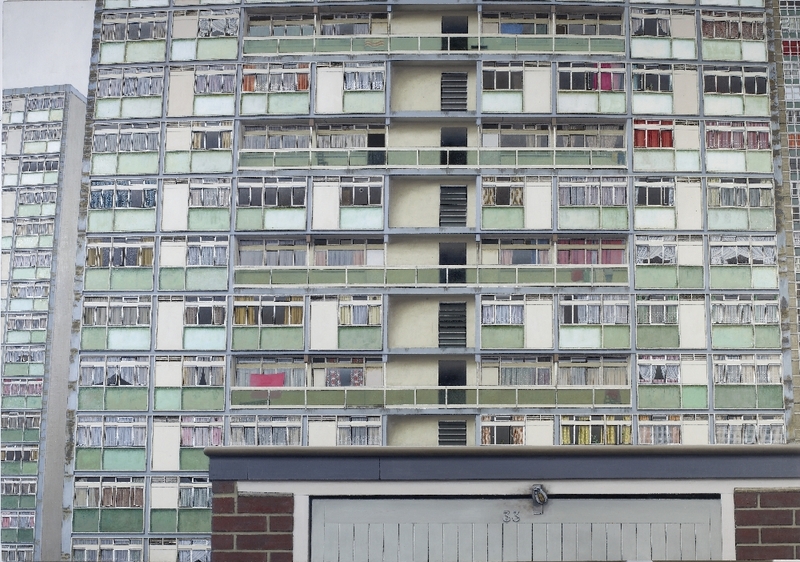Cross-curricular links and activities
Beyond the Art and Design curriculum, there are many ways in which The Superpower of Looking artworks can be used in other subject areas. Below are some examples to get you started. NB The hyperlinked titles take you to a lesson webpage with a zoomable image, allowing to explore the artwork further.
- English
- Food Technology
- Geography
- History
- Maths
- Religious Education
- Science
- PSHE / Health and wellbeing
English: An experiment by candlelight

Write a diary entry as one of the audience members.
Before writing you could discuss
- Why they attended the experiment
- What their relationship is to other figures in the painting
- What emotions they might be feeling
- Whether they consider the experiment to have been a success
To inform your ideas try to refer to how your figure is portrayed in the painting. Consider where they are looking, their expression, how their body is posed and what they are doing with their hands.
Food Technology: An old woman cooking eggs

Develop familiarity with kitchen equipment and food types.
Ask students to identify the different cooking equipment shown. Discuss how each is used when cooking.
- Wooden spoon, pestle and mortar, knife, mixing bowl, jugs, ladles
Ask students to identify the different types of food shown. Then discuss what dishes make use of these ingredients:
- Eggs, a red onion, chilli peppers, oil, a melon, wine
Can you put the ingredients in price order?
- The approximate cost (from highest to lowest) for 50g of each is: oil, chilli peppers, wine, eggs, onion, melon.
Challenge students to research and compare the nutritional value (protein, fibre, calories) of each ingredient.
Geography: Surprised by a tiger!

Introduce or reinforce knowledge about climates.
- What type of climate do we have in the United Kingdom?
- What other types of climates are there?
- Where in the world would we find a tiger?
- Why are they native there and not in Britain?
- What are the differences between the climate in jungles and rainforest environments and the climate in Britain?
- What sort of plants typically grow in jungle climates?
It may surprise your students to discover that the artist Henri Rousseau never left France, and his jungle paintings are imaginary. The plants he presents in Surprised! are a mix of domestic house plants and tropical plants he could study at the Botanical Gardens in Paris. This may inform a discussion about changes in environment and the climate and the need to protect biodiversity.
History: J. M. W. Turner's steam train

Explore positive and negative reactions to the growth of the railways
The Industrial Revolution was a significant turning point in British history symbolised by the growth of the railways.
Share this overview video from BBC Teach.
Draw your students' attention to the figures on the bank of the river, towards the left-hand side of the painting. They appear to be dancing. Invite your students to consider why they are there. Do they have something to celebrate? Perhaps they are protesting by waving their arms?
Ask your students to consider how the artist has communicated tension between the landscape and railway. They may notice use of line, with the viaduct (made of bricks and carrying steel railway lines) diagonally cutting through the scene. On the opposite diagonal, white rain and steam cross the rail line, suggesting the landscape and train are at odds. They may also notice how colour contrasts in the landscape between the dark man-made features and light natural elements (sky, fields and water). This suggests that the arrival of the railways (a symbol of the growth of industrialisation) was a menacing change.
Maths: A block of flats as art

Practise counting, measurement and use of rulers.
Challenge your students to recreate the largest building in the painting on a piece of A4 paper (landscape orientation).
Begin by counting:
- How many floors can they see?
- How many rooms are there on each floor (including the central stairwell)?
The visible floors and rooms of the building could be simplified as a 9 x 9 grid. Task them with choosing a scale to recreate this grid on their paper using a ruler.
Once they have drawn out the grid, they can add in the windows, panels and balcony details to match those in the painting. This will give them even more opportunity to see the individuality of each flat.
They may also wish to add in the nearby buildings and garage and to appreciate the mathematical skills involved in creating a work of art!
You can support this lesson with a song about measurement from BBC Teach.
Religious Education: The three wise men who visited Jesus

Explore and describe the symbolism of stars for different religions.
This painting was made to be displayed in a church as an altar piece. Lots of the details presented (such as the three gifts and the dove) are symbolic and communicate meaning about Jesus.
A well as guiding the three wise men, what else does the Star of Bethlehem represent for Christians?
Explore the role of stars in other major religions such as
- the Star of Lakshmi in Hinduism
- the Star of David in Judaism
- the goddess Tārā (whose name means star or planet) in Tibetan Buddhism
Science: Surprised by a tiger!

Introduce or reinforce knowledge about living things and their habitats.
- What pattern is the tiger's fur, and why? Use the painting to discuss the similar shape of grasses and why animals use camouflage.
- What do you think has caught the tiger's attention?
- How many animals can you name that are found in a jungle environment and are below the tiger in the food chain?
- Do you know which of these animals are herbivores and which are carnivores?
Science: Rachel Ruysch's flowers and insects

Identify and describe different parts of flowers.
Ask your students what parts of the plants are visible in the painting? What are they called? What are their functions? Can they draw them?
Support discussion by watching the following BBC Teach video which explains some parts of a plant and their functions:
Follow up the film by discussing these points:
- In order to put them in the vase, which part of the plant may have been cut or removed altogether?
- How might this affect the quality of the flowers on display?
Discover more about plants with further video resources from BBC Teach set in Ivy's Plant Shop.
PSHE / Health and wellbeing : Yayoi Kusama's spotty pumpkin

Practise mindfulness strategies for wellbeing.
Ask students to complete the outline of a large fruit or vegetable. Then, spend 5 minutes slowly adding a simple repeated pattern.
While making their pattern, ask students to focus on themselves.
- What are you noticing in your body?
- What are you thinking about?
- How are you feeling?
Share this video on mindfulness from CBBC Newsround. Discuss other things they can do to help practise mindfulness and how it can help improve health and wellbeing.
Find more primary level mindfulness and wellbeing resources on our round up resources page.